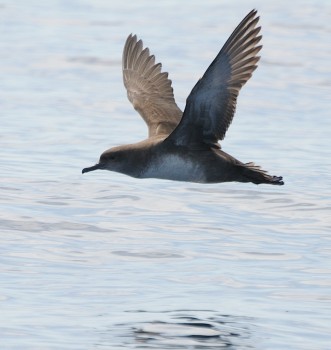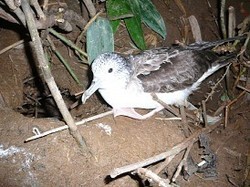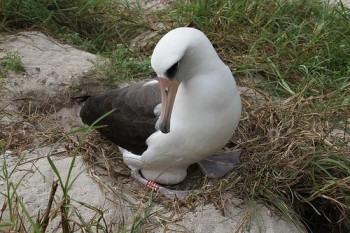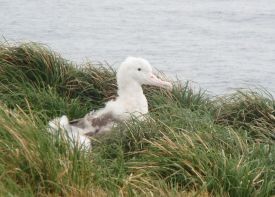Each year since the early 1980s, a team of ornithological researchers at South Africa’s Marion Island in the southern Indian Ocean has undertaken a round-island hike to count incubating Wandering Albatrosses Diomedea exulans.
This year a combined group of five employed by the FitzPatrick Institute, University of Cape Town and Branch: Oceans & Coasts, Department of Environmental Affairs undertook the census over the last two weeks of January. Teams of one to three persons headed out to field huts around the island and counted every occupied nest in 25 sectors to allow for year-to-year comparisons.
A total of 1787 incubating nests was found. This compares with a range of 1760 to 2056 annually breeding pairs over the five years, 2010 to 2014.
Similar censuses of Wandering Albatrosses have been undertaken this year at other sub-Antarctic islands where the species breeds, such as Bird in the South Atlantic and Macquarie in the southern Pacific.
All occupied nests visited were checked for the presence of eggs and bands on the incubating birds. Recording of GPS coordinates will help these banded birds being traced in future years. A total of 119 banded birds was found outside three long-term demographic study colonies - where all breeding birds are both metal and colour-banded and nests are staked. Of this total, eight incubating adults bore metal bands beginning with the prefix BS, denoting them as having been banded on Île de la Possession in the French Crozet Islands, some 1100 km to the east of Marion Island.
However, a previous study has shown that not all French-banded birds recorded at the Prince Edward Islands were necessarily bred on the Crozets, although some undoubtedly were, as explained in the following abstract.
“Exchange of 61 wandering albatrossesDiomedea exulans has been recorded between the French Crozet Islands and the South African Prince Edward Islands, 1 068 km apart in the Southern Ocean. Most movements of banded birds (57) have been westwards, from the Crozets to the Prince Edwards. In all, 18 fledglings banded at Possession Island, Crozets, have bred at Marion Island, Prince Edwards, but only one fledgling from Marion Island has been recorded breeding on Possession. The wandering albatrosses of the two island groups form a metapopulation that ideally should be conserved as a single unit. It is suggested that France and South Africa collaborate through the Agreement on the Conservation of Albatrosses and Petrels to effect [sic] an improved conservation status for the wandering albatrosses of the two island groups.”
With thanks to Alexis Osborne, Liezl Pretorius and Peter Ryan for information and photographs
References:
Cooper, J. & Weimerskirch, H. 2003. Exchange of Wandering Albatrosses Diomedea exulans between the Prince Edward and Crozet Islands: implications for conservation. African Journal of Marine Science 25: 519-523.
Ryan, P.G., Jones, M.G.W., Dyer, B.M., Upfold, L. & Crawford, R.J.M. 2009. Recent population estimates and trends in numbers of albatrosses and giant petrels breeding at the sub-Antarctic Prince Edward Islands. African Journal of Marine Science 31: 409-471.
John Cooper, ACAP Information Officer, 12 February 2015
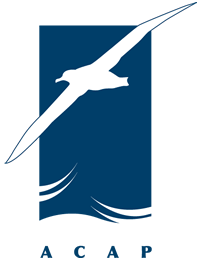
 English
English  Français
Français  Español
Español 